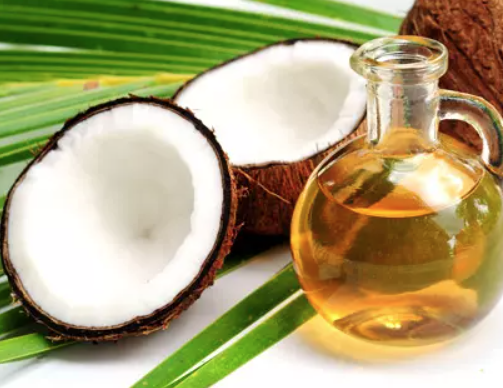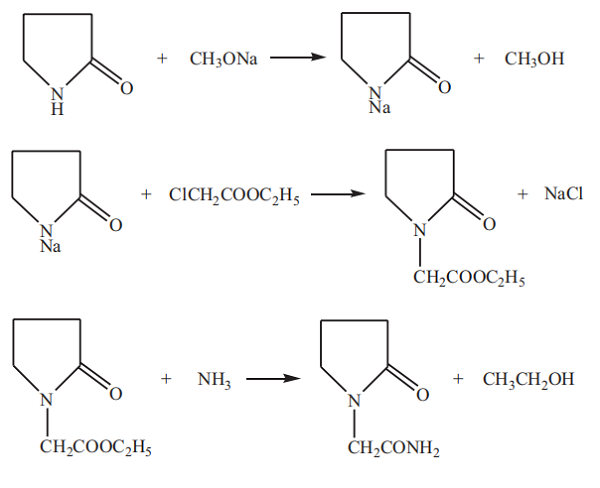From early AD to mid-19 century, people mainly use the natural organic substance (such as animal and plant extracts) for qualitative analysis or quantitative analysis. From the second half of the 19th century to the 1920s, it had begun to appear of artificially synthetic organic reagent such as using potassium acetate xanthan for test of nickel, copper, and molybdenum; using morin for test of aluminum; using diazo coupling reaction for the detection of Nitrite; using α-β-nitroso naphthol for detection of cobalt; using dimethyglyoxime for nickel test. After the proposal of the special-effects group in the 1930s and the proposal of theoretical analysis of functional groups theory in 1950s, people had carried out large-scale screen of organic reagents in search of special-effects analysis groups for different ions and had successfully synthesized a lot of agents of practical value (such as copper reagents, new copper agent, cadmium reagents, beryllium reagent, thorium reagents, etc.). Before the 1950s, the complex compound, in analytic chemistry, is mainly used in the aspects of the precipitation reaction of a binary chelate for the qualitative detection, precipitate isolation and gravimetric separation and other aspects. In the early 1950s and 1960, it is mainly in the form of complexometric titration. From the beginning of the late 1960s, the main focus has been moved to the photometric analysis. Meanwhile, it has been also developed of chelate organic solvent extraction.
How to synthesize N,N-Diisopropylethylamine
N, N-diisopropylethylamine is an aliphatic sterically hindered amine.
Apr 15,2024 Organic reagentsCoconut diethanolamide: Uses and Safety
Coconut diethanolamide is extracted from coconut oil and is used as a foaming and emulsifying agent in cosmetics and personal care products.
Apr 9,2024 Organic reagentsWhat is the difference between Optical brightener (OB) and Optical Brightener -1(OB-1)
Optical brightener (OB) and Optical Brightener -1(OB-1) are brightening agents that are often confused. Both are used for brightening but on different types of materials.
Mar 20,2024 Organic reagentsPolyvinylpyrrolidone has a surprising variety of uses
Polyvinylpyrrolidone has many excellent properties, making it widely used in many fields.
Mar 14,2024 Organic reagentsWhat are the synthesis methods of N-Vinyl-2-pyrrolidone?
The synthesis routes of N-Vinyl-2-pyrrolidone mainly include vinylation of 2-pyrrolidone with acetylene, amination of γ-butyrolactone with ethanolamine, and vinyl exchange of 2-pyrrolidone with vinyl
Mar 13,2024 Organic reagentsPolymerization and hydrolysis of N-Vinyl-2-pyrrolidone
N-Vinyl-2-pyrrolidone has some special chemical properties because of the vinyl group on its nitrogen atom. The most important of them are easy polymerization and hydrolysis.
Mar 12,2024 Organic reagentsThe synthesis method of Piracetam
2-Pyrrolidone acetamide, also known as piracetam, pirroxil, pyracetam, pyramem and 2-pyrrolidinone acetamide, is a derivative of 2-pyrrolidone.
Mar 12,2024 Organic reagentsHow to synthesis N-Methyl-2-pyrrolidone
Based on the raw materials used, several processes such as succinonitrile route, condensation of γ-butyrolactone and methylamine, 4-oxidized methyl butyrate method, and 1,4-succinic acid route for man
Mar 12,2024 Organic reagentsThe uses of 2-Pyrrolidinone
The most crucial use of 2-pyrrolidone is as a raw material for the production of N-vinylpyrrolidone and polyvinylpyrrolidone.
Mar 11,2024 Organic reagents2-Pyrrolidinone: Synthesis method and chemical reaction
2-Pyrrolidone is a colorless crystal at a temperature below 25 °C, yet it is a colorless to pale yellow transparent liquid above 25 °C. Its boiling point is 245 °C under atmospheric pressure.
Mar 11,2024 Organic reagents












